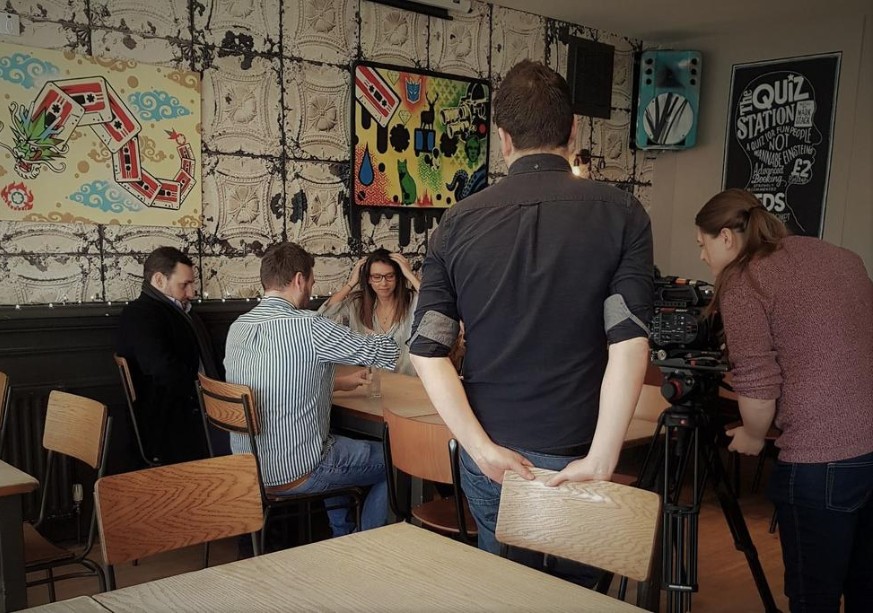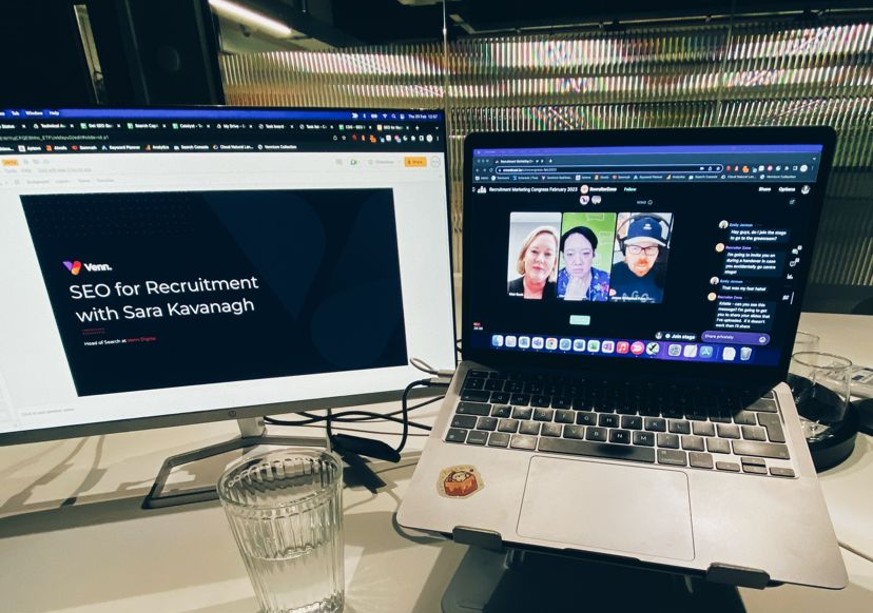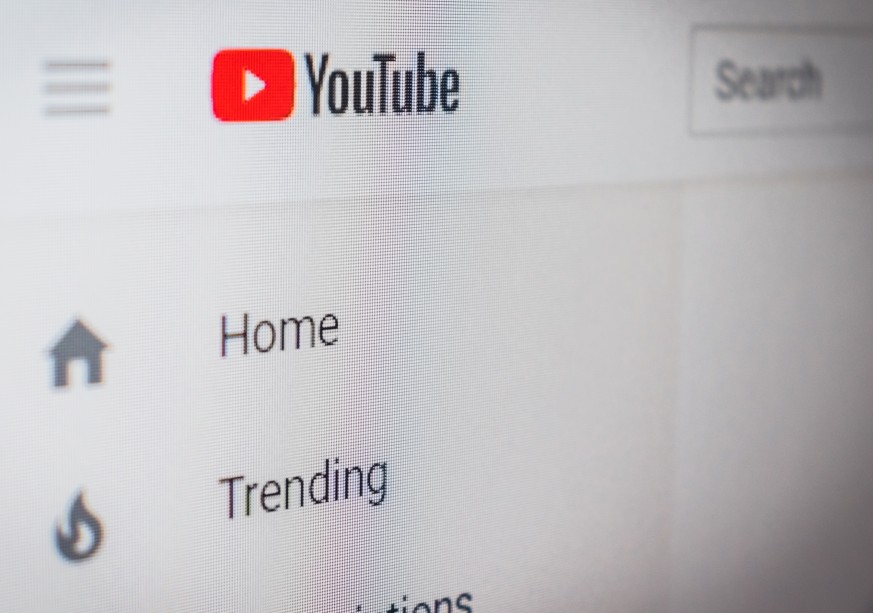Video marketing has been at the top of every ‘up-and-coming trends’ blog for the last couple of years, and that’s for good reason. Content marketing isn’t new, first it was blogging, then it was social media and now the shift is firmly on video. A lot of this has stemmed from social media platforms, but with ads, algorithms and influencers to contend with you need engaging content now more than ever before. There are so many ways businesses can use video for their advantage, so we’re going to break it down for you.
1: Social platforms and ‘video first’
Twitter recently announced that it has made a quarterly profit for the first time since its inception in 2006. The revenue growth has been attributed to not only its cutbacks on costs but the sale of video advertising; overall this provided the company with a £65m profit, while stock shares increased by over 20%.
While Twitter is signing deals left, right and centre with media companies to live stream content, Facebook has a plan in place to ‘pay video producers to create longer, higher quality scripted and unscripted projects.’
Facebook is looking to turn into a content-rich sharing platform and the richest of all content is video. There are certain types of video that are already shared on the platform: mainly PR or documentary-style short snippets, but by taking a turn to high-end production implies that they’re going to try and take on Netflix for original content.
Having already put a lot of emphasis on video (check your timeline now: I’d say that for every 5 status updates, there’s at least 1 video), it’s obvious that video is working for them, and that it’s going to be the main priority going forward.
What it means for business
Video has become 72% of all web traffic, and is 1200% more shareable than text and images combined. If video is going to be the focus this year, it’s only natural to assume that paid advertising on social media is going to favour video over text. In the grand scheme of things, it’s a lot cheaper to spend money on good video content than to put a lot of budget behind written blogs, as having a strong video strategy in place, both for social and websites, can be the key to building an engaged and loyal audience.
2: Live streaming
Facebook is capitalising on video and live streaming is quickly becoming the most efficient way to connect with audiences. The attraction of live streaming is that it’s now been optimised for mobile and therefore a lot less expensive than before.
It’s also relatively simple to achieve a good quality, content-rich product that provides consumers with immediate content, feedback, and the excitement of not missing out on exclusive content. In fact, 82% of consumers prefer live video from a brand to social posts.
What it means for business
As a simple and relatively inexpensive option for video production, content such as product launches, webinars, seminars, topical content, and performances should all be included in marketing plans. However, it is more important to viewers that the video quality is of a high standard, as 23% who’ve been presented with a poor-quality video will hesitate to buy from that brand.
3: Stories
We all know about Snapchat and Instagram Stories, but YouTube has now joined the race to compete in the space, with their version; ‘Reels’ to add a more social element to the video-sharing site.
Reels is an add-on to the Community feature – where creators can write status updates and share information with their audience. However, unlike their Instagram and Snapchat counterparts, Reels will not expire.
This new feature is an easy way of pushing more video content to an audience that is already engaged with a creator’s brand. These Reels will act as a quick 30-second advert for a creator’s channel, and we can be sure that YouTube will be leveraging this for advertising revenue.
But why is YouTube now jumping on the Stories bandwagon? It’s easy to assume that advertising spends and brand engagement has quite a lot to do with it.
The three most popular platforms for businesses to share stories are Instagram (35.5%), Snapchat (19.7%), and Facebook (19.7%). However, more and more of this content is being made by influencers and being sponsored by brands.
What it means for business
Stories on social media aren’t going away; over 50% of businesses on Instagram produced a story and 1 in 5 organic stories from businesses will generate a direct message from a follower, potential client or customer. This shows that video content engagement is at one of the highest rates it’s ever been.
Despite this, there is a huge saturation in the market, with 70% of content not actually being discovered. This means that optimising your posts for a more targeted reach will increase your visibility. Add location tags so that people searching by area can find you, collaborate with influencers 80% of them prefer using Instagram over other sites, and use #hashtags.
4: Influencer marketing
In the age of social media, anyone with a camera can now become an ‘influencer’. People with enough followers can get a brand sponsor and essentially become a walking advert for a product or service. Many bloggers and YouTubers have been able to generate an income from this, look at Zoella she has built her whole brand based on her YouTube channel. Facebook is the most influential social channel, with 19% of consumer purchase decisions being influenced by Facebook posts and YouTube comes in a close second place, with 18%.
However, a study has shown that 30% of consumers prefer product endorsements by non-celebrity bloggers. A shift in favour of ‘peer-to-peer’ recommendations means that people have become more and more disengaged with celebrity endorsements.
What it means for business
If you’re thinking of going down the influencer marketing route, look a little bit closer to home. Clients in the same sector as your target audience would be considered peers, a video testimonial from them will be more cost-effective and valuable to your audience than paying for a celebrity endorsement for example. Happy clients are the best advertisement you can use.
5: Silent videos
Videos on social media now have a tendency of auto-playing as you scroll down the page. People generally give a video on auto-play 3 seconds to capture their attention before they keep scrolling, so video content needs to engage audiences quicker than ever before.
The whole idea of being in public and having a video blaring at you unexpectedly when you scroll down the page is one of the most cringe-worthy things that could happen. In fact, 80% of people react negatively towards both the advertiser and Facebook when this happens.
85% of Facebook videos are watched without sound and the mediums are adapting to this, change your content strategy to account for silent videos. You’ve only got 3 seconds to capture someone’s attention and with no sound available, you’re going to have to get creative.
What it means for business
Create content with graphics and subtitles or text, which add context to the video. The most important thing is to do is test what you’re creating to make sure that it makes sense. The reason this is so important is that 76% of video ads need sound to be understood. An oversight like this could cost a lot of time and money for no click-throughs or conversions.
Facebook now has their own closed captioning tool, which adds subtitles automatically to your adverts and videos, saving a lot of time in post-production. However, this tech has not been perfected yet.
If you’re not sure about it, you will have to take the time to make sure that you’ve got it right. Alternatively, you could make a creative decision to include the captions as a graphical overlay on the video. Again, more time-consuming and expensive, but to add another element into the creative process will increase the overall quality of the video. Check out this video by Kraft Heinz to see what we mean.
Social platforms are shifting their focus onto video and your customers are engaging with it. If you still haven’t thought about how you can use it you could risk being left behind by your competitors. You don’t have to go full-scale TV style adverts, but it should always be quality over quantity and the key thing is to make sure it’s relevant to your audience.







